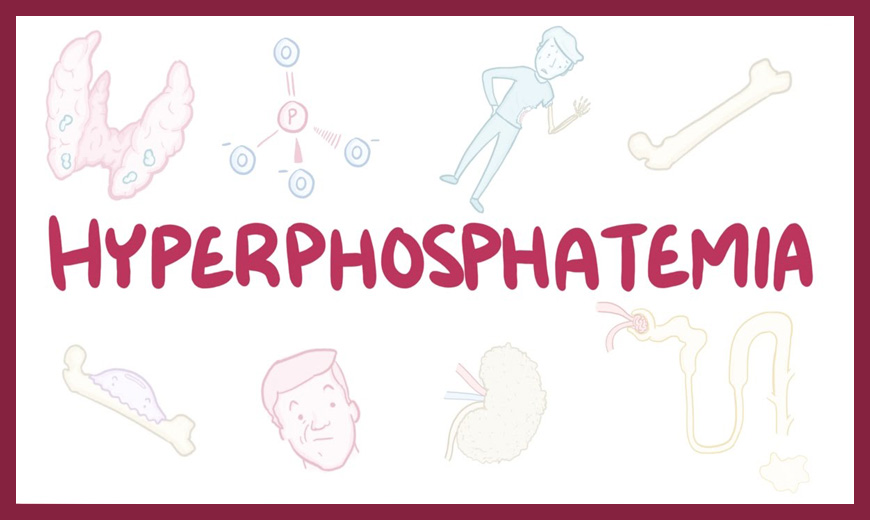Terra Pharmaceuticals

Hyperphosphatemia and Phosphate Binding Agents
Phosphorus is an essential element for many intracellular and extracellular structures and processes in the human body, including skeletal development, mineral metabolism, cell membrane phospholipid function, mitochondrial metabolism, cell signaling, and platelet aggregation.
Phosphate is the most abundant molecule in the body after calcium. Phosphorus metabolism is mainly regulated by dietary intake, vitamin D, parathyroid hormone (PTH), and fibroblast growth factor 23 (FGF23). It plays a role in the continuity of vital systems in the body.
According to the data from the National Kidney Foundation (NKF), the serum phosphate concentration in healthy individuals should be kept below 4.6 mg/dL.
Phosphate excretion is highly dependent on kidney function, and chronic kidney failure is a common cause of hyperphosphatemia. The primary function of the kidneys is to remove metabolic waste products from the blood and regulate extracellular fluid volume. As kidney function decreases, phosphate excretion also decreases. In most patients with hyperphosphatemia who cannot adequately remove phosphate from the blood through hemodialysis, the use of phosphate binders is necessary. Phosphate binders bind to phosphate in the gastrointestinal (GI) lumen, forming easily unabsorbable and insoluble products.
Hyperphosphatemia is not commonly seen in individuals with normal kidney function. However, increased intake, extracellular rotation, and conditions such as pseudohyperphosphatemia can also occur. Normally, the body increases phosphate excretion from the kidneys to maintain phosphate balance. However, in kidney failure, phosphate excretion cannot be increased, leading to the development of various conditions (such as renal osteodystrophy, vascular and valvular calcification, calciphylaxis) that increase morbidity and mortality. In most patients with hyperphosphatemia who cannot adequately remove phosphate from the blood through hemodialysis, the use of phosphate binders is necessary. Phosphate binders bind to phosphate in the gastrointestinal (GI) lumen, forming easily unabsorbable and insoluble products. Therefore, in kidney failure, in addition to dietary recommendations, the management of hyperphosphatemia includes options such as calcium-containing and calcium-free phosphate binders (such as sevelamer hydrochloride and sevelamer carbonate), phosphate binders containing aluminum and magnesium, as well as other treatment options like nicotinamide and polynuclear iron (III) oxyhydroxide phosphate (PA21), and dialysis support.
Sources: 1. Agodoa LY, Jones CA, Held PJ., 1996. End-stage renal disease in the USA: data from the United States Renal Data System. Am J Nephrol.; 16:7-16.
2. Burke SK, Slatopolsky EA, Goldberg DI., 1997. RenaGel, a novel calcium- and aluminumfree phosphate binder, inhibits phosphate absorption in normal volunteers. Nephrol Dial Transplant; 12:1640-4
3. Yu AS., 2004. Renal transport of calcium, magnesium, and phosphate. In: Brenner BM, ed. Brenner & Rector’s the kidney. 7th ed. Philadelphia: Saunders; 552-3.





